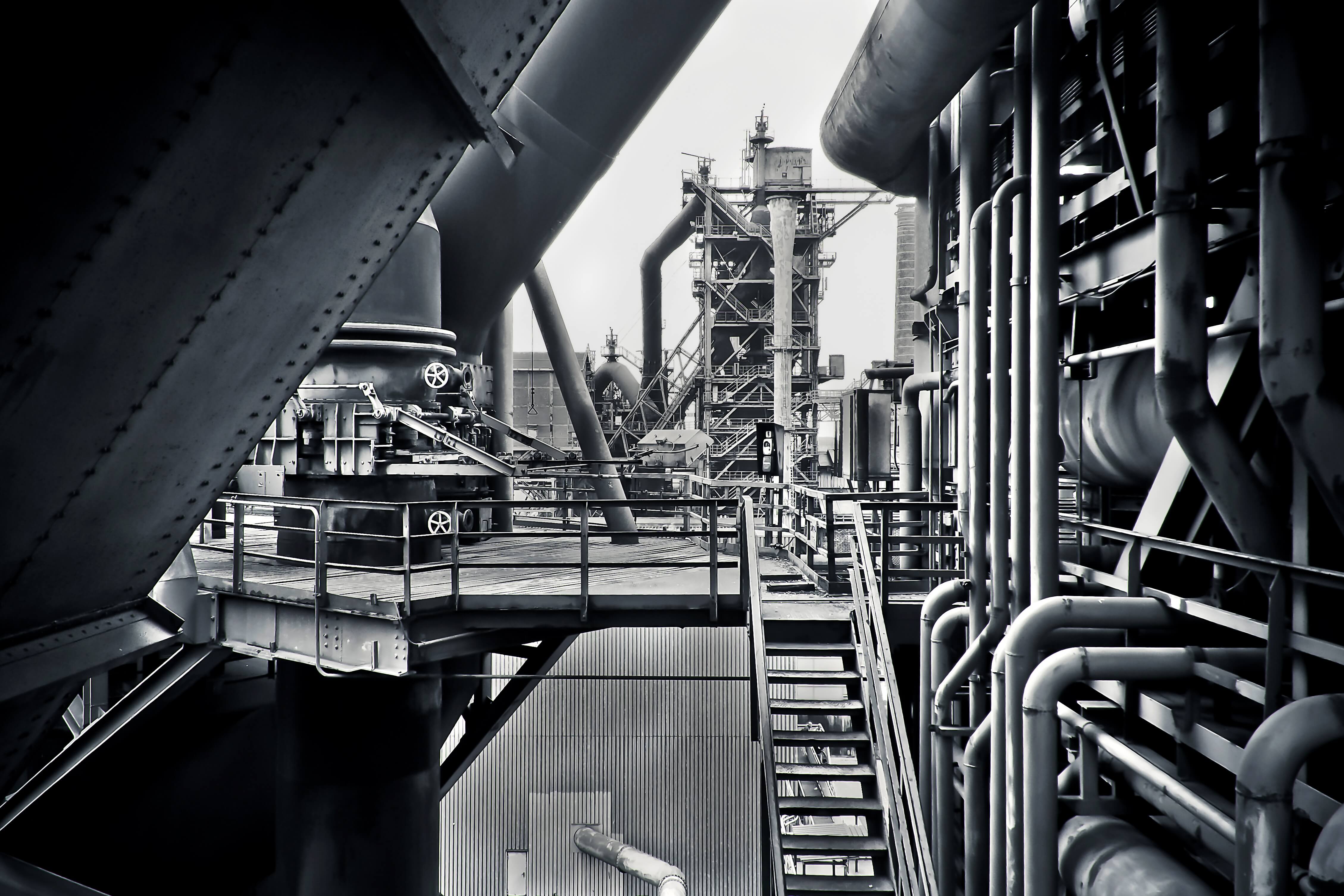Currently, global steel production methods heavily rely on fossil fuels. Statistics published by the World Coal Association indicate that 74 percent of steel-making practices require coal. However, if things go as planned, Sweden could be changing that in a big way. It wants to build a steel plant that’s almost completely dependent on hydrogen produced by renewable energy.

The Unified Goal of Three Entities
In 2016, two Swedish steel manufacturers —LKAB and SSAB — partnered with Vattenfall, a Swedish state-owned power company. Together, they launched the HYBRIT — Towards Fossil-Free Steel project, which resulted in plans for the hydrogen-powered steel facility.
According to a pre-feasibility study carried out for the initiative, Sweden set a target to achieve zero carbon dioxide emissions by 2045. The research pointed out how the HYBRIT project could directly contribute to that goal and mentioned how the country is in a particularly favorable position to succeed with making steel plants less dependent on fossil fuels since it already has plenty of fossil-free electricity.
A recent Swedish budget outlined other ways the country’s government will work towards that goal. They include setting aside funds to build a greener infrastructure and financing upgrades that make the country’s buildings more energy efficient.
The three groups mentioned above recently made substantial progress with the future plant by signing a document that officially moved the project from the pre-feasibility stage to the planning and design phases for a plant located in northern part of the country.
Societal and Industrial Support is Needed
The research that occurred before moving ahead with the project showed that the costs of producing crude steel could go up by 20-30 percent with these new fossil-free means. The authors of findings realized that support from society would be a significant factor that influences whether this plant succeeds.
The paper mentioned “considerable regional effects on society” in areas that use the steel produced by the new methods. Indeed, there are entire sectors that need the material for various reasons.
Fabricated metal is especially in demand in the oil and gas industry, and it’ll be necessary for the representatives involved in the new hydrogen steel plant to communicate with industry leaders to explain how things might evolve.
Not an Emissions-Free Solution
It’s important to note that the feasibility study clarifies that although carbon dioxide emissions will be “greatly reduced” at the hydrogen plant, it’ll still be necessary to use small amounts of coal and equipment that produces minimal emissions.
Future statistics collected about the true reduction of emissions at the plant could play a defining role in whether governments from other nations back other efforts to cut down on carbon impacts.
Partially Funded By a Governmental Energy Agency
As with most pioneering projects, financing is a key factor in the establishment of the new steel plant. Total cost estimates for the facility are €2 million — approximately $2.5 million. However, the Swedish Energy Agency, a government body concerned with Sweden’s energy policies, will pay for half of it.
Provided that this steel plant has genuinely positive environmental impacts with no significant unforeseen downsides, the Swedish government might set an example for other countries considering offering to finance similar projects.
Could Sweden Become a Shining Worldwide Example?
According to SSAB president and CEO Martin Lindqvist, steel production in Sweden is the most substantial cause of CO2 emissions, and that the steel industry accounts for 37 percent of total emissions in the country.
Analysts believe that any nation that figures out how to make steel without contributing to carbon emissions will emerge as a global leader that’s intensely competitive in the worldwide marketplace.
Because the HYBRIT project only recently moved into the next stage, it’s still too early to say if it’ll succeed. The fact that plans are in the works is admirable in itself, and the hope is to have the steel plant operational by 2020.
As Sweden’s representatives continue to assess how to turn that visionary objective into reality, other countries around the world may be able to learn from their victories and potential failures. Then, they could collectively gather insights that allow other nations to make dents in overall carbon emissions, too.


